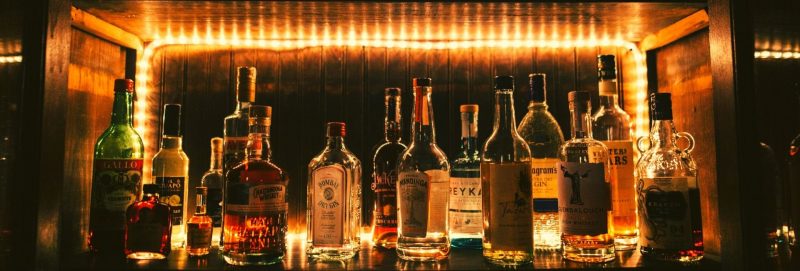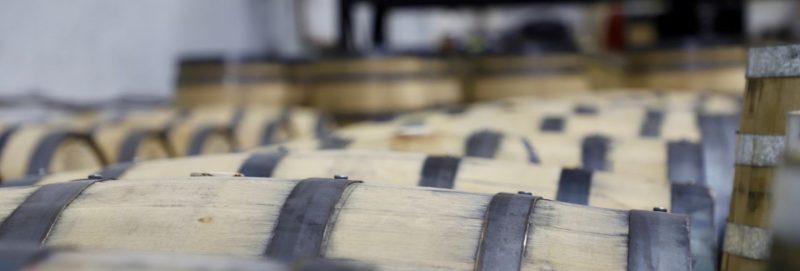How is whiskey made?
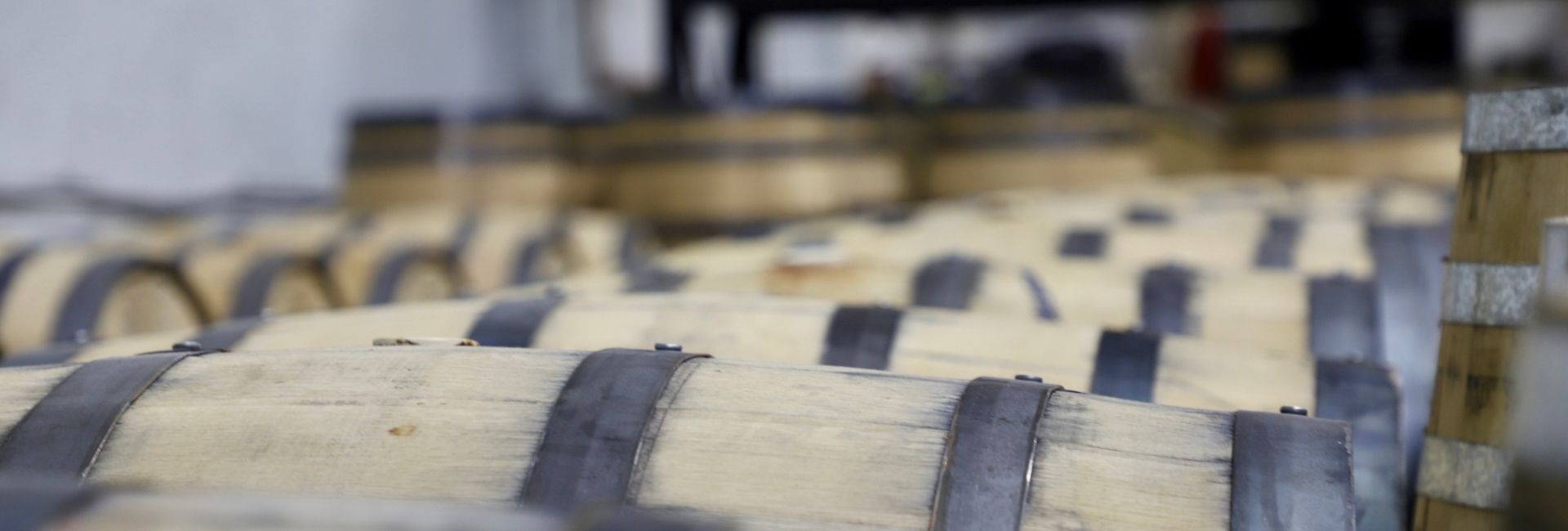
When you are sipping on your favorite whiskey, have you ever wondered how brewers make it?
With all the varieties out there, you may wonder what whiskey is made from and what gives them their distinct flavor? And is the process of making it always the same?
While different distilleries have their way of doing things, whiskey’s primary process is usually the same. Read on to find out more about exactly how whiskey is made.
Jump to a section
Malting
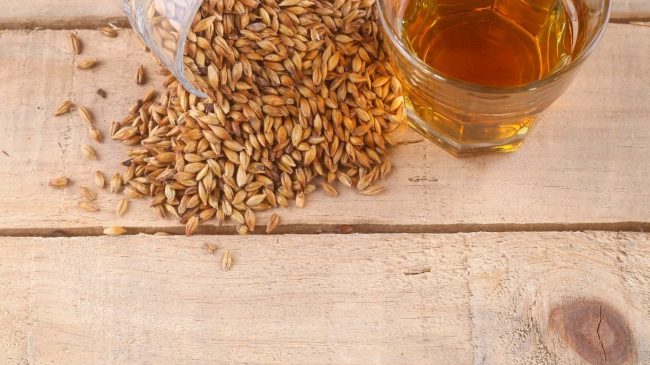
Every bottle of whiskey that you have ever tried starts life as raw grain. Although brewers use different grains, malt whiskey is made using barley.
Before it can be used to make whiskey, the grains need to be processed so the sugars can be released and eventually turned into alcohol.
Brewers achieve this by moistening the barley to sprout, causing enzymes to release, which turns the starch in the grains into sugar.
This process is known as malting.
Although the grains start germinating, this process is stopped when the grains are heated.
Mashing
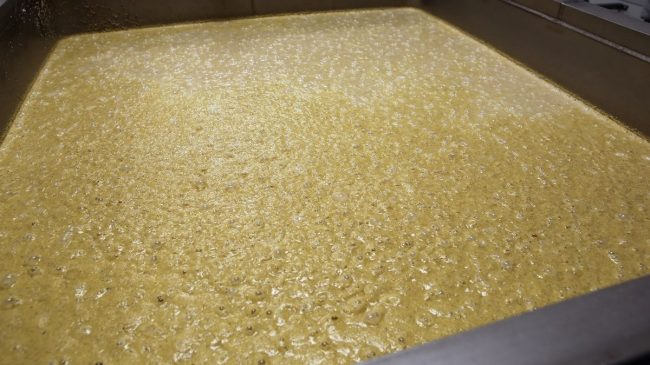
Sugars now need to be extracted from the grains. This step is known as mashing.
The grains are ground up first and then added to a large container, known as a mash tun or tub, with some hot water.
The grains need to be agitated at this point, usually by stirring.
When making malt whiskey, only barley is used. But even when using different grains to make other types of whiskey, some barley is still added because it helps to convert the remaining starch into sugar.
The mixture eventually starts to look like porridge, and this resulting product is known as mash. Once the solids have been drained, the combination is called Wort.
This Wort is now ready to be fermented into whiskey.
Fermentation
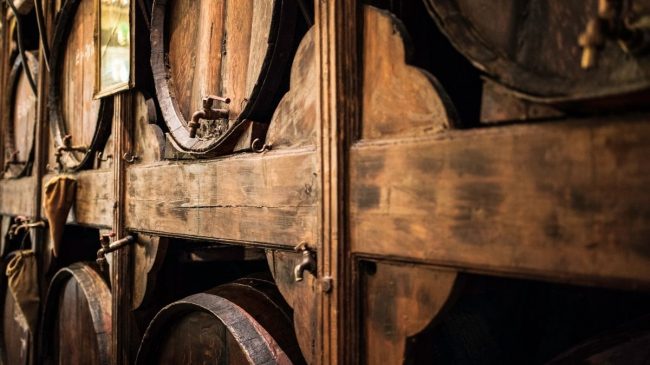
There is no alcohol present in the liquid at this stage, and it needs to ferment to become whiskey.
During the fermentation stage, yeast will be added to the Wort. The yeast then feeds on the sugars in the liquid and turns them into alcohol.
The Wort is then added to a large tank, called a washback, with the yeast soon to follow. It will then be left for anywhere between 48 and 96 hours.
Different fermentation times and other kinds of yeast create unique flavors, so a lot of thought goes into how long to leave it for at this stage and which yeast to add. After the initial fermentation stage, the whiskey will be around 7-10% ABV, and it looks much like beer.
Distillation
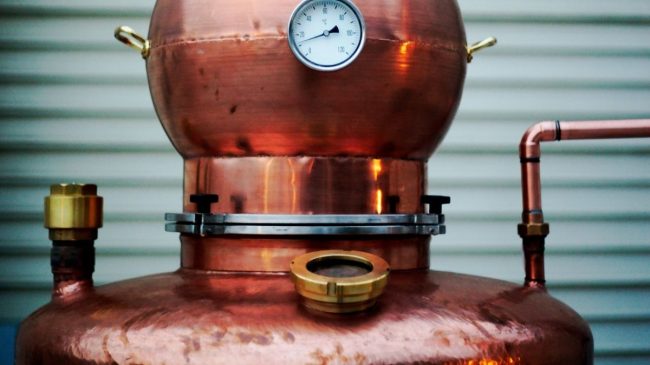
The distillation process increases the whiskey’s alcohol content and helps develop the flavors, removing any unwanted taste.
For this to happen, it needs to be put inside a copper still. Copper is used because it’s good at stripping away the unwanted flavors and odors from the whiskey as it distills.
Two types of still are commonly used; the pot still and the column still, which both work in different ways.
Pot Stills
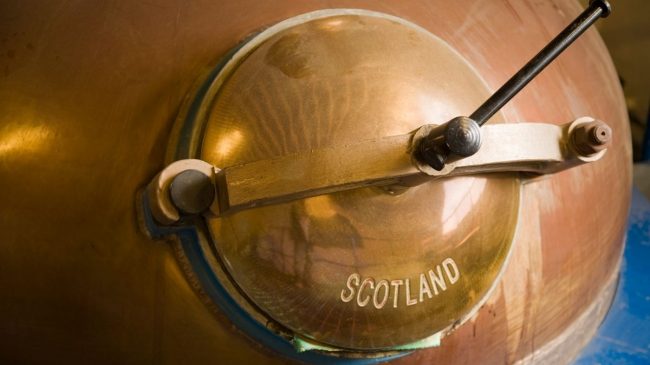
Pot stills are usually used to make malt whiskey, and they are used worldwide to make whiskey in the US, Canada, Scotland, Ireland, and Japan. It is a batch process, and depending on whiskey style, it will be distilled two or even three times.
First, the beer-like liquid is added to the first still (sometimes called the low wines still), where it is heated up.
Alcohol boils at a lower temperature than water, so it separates and turns into vapor.
This vapor travels through the neck of the still and into what is known as a lyne arm.
This arm brings the vapor into a condenser where it cools down and turns back into liquid so it can be collected. After this first distillation, the whiskey will be around 20% ABV. The process is then repeated in a second still and sometimes, a third.
The result is a whiskey that is about 60-70% ABV. Often, some whiskey from the beginning and the end of the process is discarded because of unwanted flavors/aromas. This is often called the head and tails. The rest of the whiskey (the heart) is then put into barrels.
Column Stills
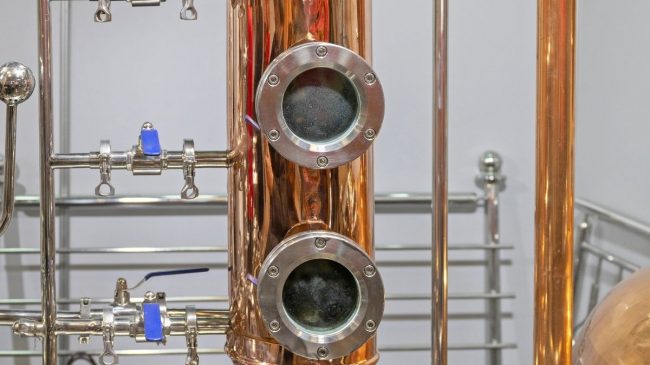
A column still is often considered more efficient than a pot still because there is no need to carry out the process multiple times in batches. It’s used to make American whiskeys, like bourbon and rye, but it can also make grain whiskeys around the world.
The fermented liquid is put into the column’s top, where it starts moving down through some perforated metal plates.
At the same time, steam is generated at the bottom and rises through the liquid. As it meets the whiskey and interacts with it, impurities and unwanted flavors are removed.
The liquid heats and turns the alcohol to vapor, which is eventually put into a condenser and turned back into liquid. Using a column still can produce whiskey up to 95% ABV, but most distilleries do not produce whiskey that strong.
There are also hybrid stills available that can be used as a pot still or a column still.
Maturation
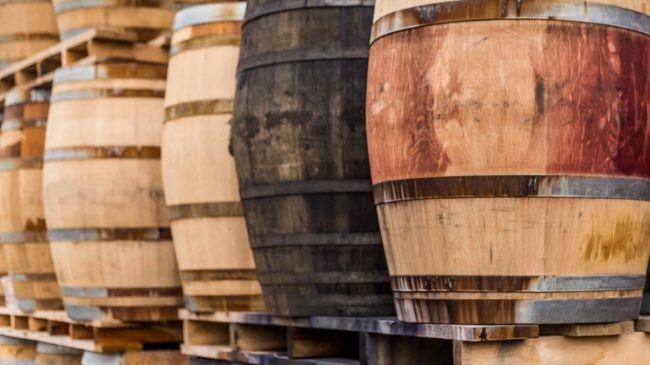
Once it has been distilled, the whiskey needs to be matured. During this process, some of the alcohol will evaporate, reducing the strength of the whiskey.
Usually, whiskey is aged in wooden barrels, and American whiskeys must be aged in new charred oak barrels.
For other styles, it’s up to the distiller what kind of wood they want to use. Different types can create different flavors. The only exception is corn whiskey, which can be aged or unaged.
In some places, there are specific rules about the aging process. For example, Scotch Whisky has a minimum age.
Bottling
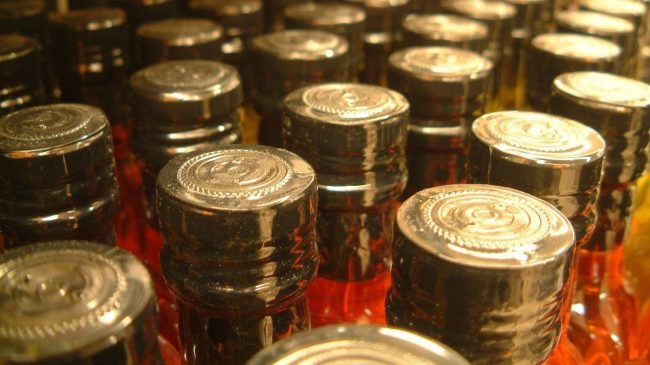
Once the whiskey has matured, it is ready to be bottled and sold. Whiskey is always bottled at a minimum strength of 40% ABV, and it may be chill-filtered to stop it from going cloudy if water or ice is added.
Large whiskey producers will bottle multiple barrels at a time, but smaller brands will bottle a single barrel. These whiskeys are known as single cask or single barrel.
This is the basic process that is used to create most whiskey. However, there are some differences in the process when creating individual styles of whiskey. Here are some popular varieties.
Rye whiskey
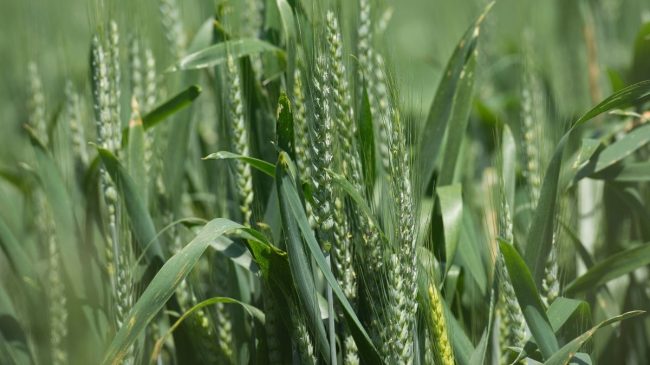
Making rye whiskey is the same as it is with malt whiskey, but the main difference comes in the ingredients used to make the mash at the beginning.
In the US, rye whiskey must, by law, be made with at least 51% percent rye in the mash. The other ingredients can be altered, but the remaining 49% is usually made up of corn and malted barley.
Scotch Whisky
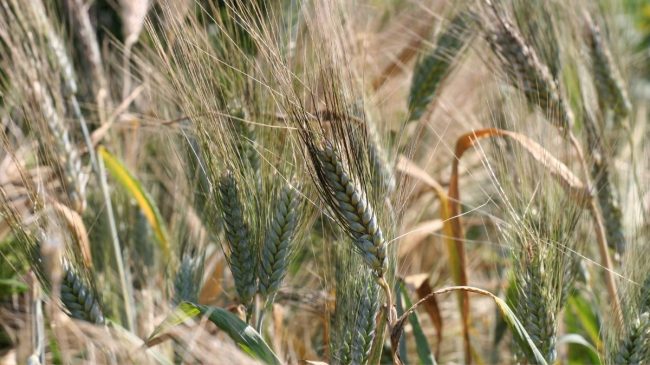
Scotch Whisky is usually made using 10-20% malted barley mixed with unmalted cereals, including maize or wheat.
The process is much the same as making standard malt whiskey, but the non-malted grains are pre-cooked to convert the starch to sugars.
Scotch Whisky must also be aged for a minimum of 3 years in oak casks, but it is usually matured for much longer. You will also notice that the spelling is different, as it has no ‘e.’
Japanese Whisky
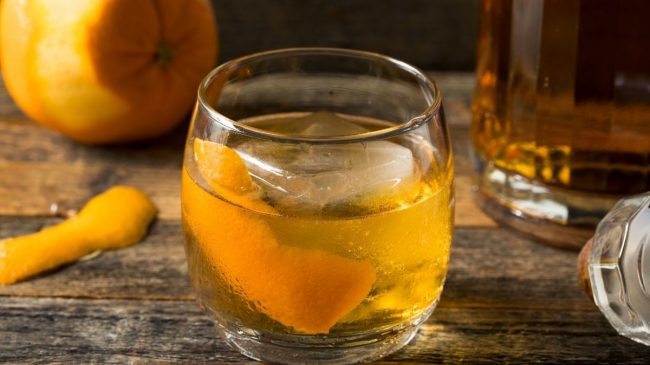
Most Japanese Whisky is inspired by Scotch whiskey, so the process of making it is much the same, and the spelling is also the same.
Japanese whiskey started with a student that traveled to Scotland in 1918 and fell in love with Scotch. He then decided to bring it back to Japan with him, and the rest is history.
The mash is the same as Scotch Whisky, but Japanese Whisky is often aged in American wood barrels, Sherry barrels, or Japanese Mizunara Oak, which gives a distinct citrusy flavor.
Honey and Flavored whiskey
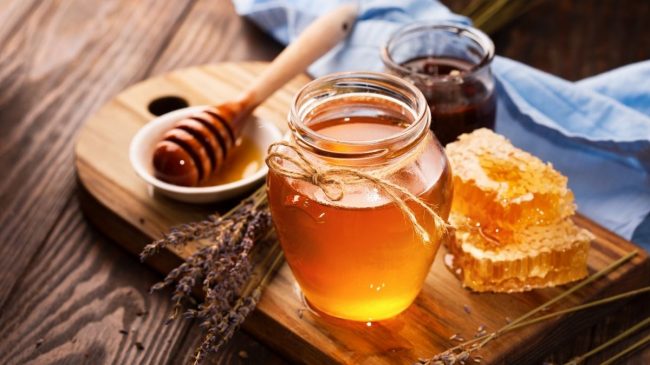
In the past few years, flavored whiskey has taken off.
Brands like Jack Daniels kicked off the trend with their honey whiskey, and many other distilleries followed suit, but how are they made?
Although the mix of grains, the yeast, the fermentation times, and the type of wood that the whiskey is aged in all make a difference to the flavor, honey whiskey and other similar products have a distinct, extra flavor.
In most cases, the whiskey is distilled in the usual way, and then the flavors are added afterward instead of being part of the distillation process.
Wrapping up
Hopefully, this has answered the question, how is whiskey made? The overall process is very similar to whiskey types, apart from corn whiskey, which doesn’t necessarily need to be aged.
It may be surprising that there is such a vast range of different flavors in whiskey because they are made in the same fundamental way. However, small changes to the grains or yeast used create an incredible range of different whiskeys available to us today.
